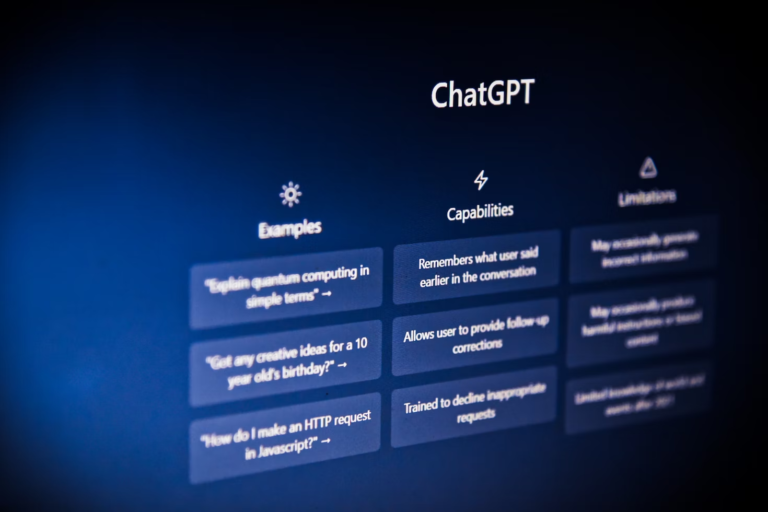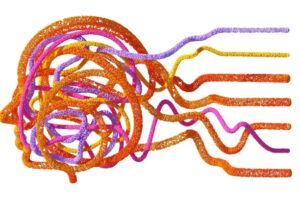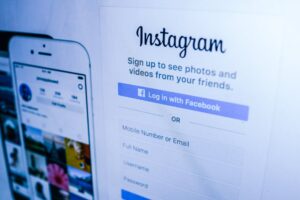OpenAI’s ChatGPT unlocks a new world of human-chatbot communications, including within the education sector. Everyone is contributing to the bot’s growing conversational abilities, and teachers and students are inventing creative uses that could help and hurt schooling permanently.
It may be too early to tell ChatGPT’s specific effect on education, but teachers are already theorizing, especially since it’s still in the developmental stages. Controversies abound, as with any nascent technology. Here are the most prominent discussions in education today as ChatGPT grows in popularity and the industry faces change.
“Everyone is contributing to the bot’s growing conversational abilities, and teachers and students are inventing creative uses that could help and hurt schooling permanently.”
Debating for a Ban
ChatGPT is already causing a stir in education. Schools worldwide advocate for the ban of the chatbot in schools and educational-related endeavors. The AI’s advanced employment of natural language processing and conversational comprehension makes it ripe for producing plagiarized content, helping students cheat, or spreading misinformation. Kids studying language have attempted to cheat using Google Translate for as long as it has been around, and there are similar concerns with ChatGPT.
ChatGPT is the most advanced AI of its kind, and its accessibility is the primary consideration. It’s easy to use, and educators and administrators must admit it’s challenging to tell when a typed response is AI-generated or not nowadays — especially when ChatGPT could write entire essays within minutes. The temptation for students seems too alluring, causing teachers to act with an all-or-nothing mentality to maintain the sanctity of education the best they can.
However, not everyone is on the same page. Whereas some educators feel it will encourage cheating and perpetuate distrust between teachers and students, others feel ChatGPT is an educational resource with untapped potential. Widespread societal AI integration is inevitable, so shouldn’t students learn to navigate learning alongside it? Dismissing phenomena like this entirely provides an unrealistic environment, especially for kids going into tech-reliant sectors that will undoubtedly employ AI.
Reconciling Paranoia
Will ChatGPT make assigning homework moot? Adversely, students could question if teachers are grading their work — why couldn’t ChatGPT?
Questions like this bring another effect of ChatGPT to the surface, and that’s the changing mindset of educators. Teachers’ paranoia surrounding ChatGPT could develop toxic relationships between teachers and students. Educators who assume kids will utilize this tool to cheat feed the mentality that no child is trustworthy or values education. Instructors can act proactively instead, finding ways to overcome the adverse side effects of its capabilities for more positive outcomes.
These sweeping, unrealistic mindsets cannot permeate education. Otherwise, the system will become complacent and fatalistic rather than embrace the potential of technology. It also eliminates the nuance of learning. ChatGPT could help write essays, but it’s a leap to say it could replace every facet of literary education. It doesn’t train students to empathize with the reading audience or how to feel inspired.
“Teachers’ paranoia surrounding ChatGPT could develop toxic relationships between teachers and students.”
Ultimately, ChatGPT affects education by making students and teachers question the value of their efforts. So long as humanity inherently values learning, there will always be a need for traditional education alongside evolving tech, regardless of ChatGPT’s potential. Plus, it could help students and teachers equally.
Teaching With ChatGPT
History proves that banning tempting products never ends well and leads to more rebellious behavior. Keeping students from using the tool in school buildings doesn’t prevent home usage or the desire to use it in the first place. Therefore, a ban probably isn’t the answer for those in the opposition. Instead, educators should find helpful ways to show the tool’s capabilities that spur creativity and critical thinking.
Teachers could try experimenting with the tool themselves to see how they could innovate lesson plans using ChatGPT. Instructors bored with their decades-old lessons can look to ChatGPT to modernize. AI could also help teachers navigate complex individualized education plans (IEPs) that promote competency-based education for nontraditional learners, such as students with disabilities.
“Educators should find helpful ways to show the tool’s capabilities that spur creativity and critical thinking.”
An Oregon high school teacher made students use ChatGPT to create outlines for English essays for literary analysis. Then the students wrote them manually. The variances made each response unique and challenged kids to perceive the stories in innovative ways. Students who created their own outlines had fewer original ideas or opportunities to test their reading skills as they attempted to make connections and find evidence.
Teachers can also encourage students to use ChatGPT as a tutoring resource. Kids could ask it for definitions or to re-explain complex concepts as they do their homework. These are examples of how instructors could instill moral values in students by interacting with technology to benefit their education instead of using it to cheat.
AI’s Entrance to Education
Students are using ChatGPT to cheat and teachers are finding ways to use it to make lesson plans. The versatility of this tool is unmatched, yet educational systems must adapt to sustain healthy relationships with technology and learners.
Engagement with these complex, ethical ideas will create a more nourishing educational environment and prepare teachers for the inevitable adverse repercussions. At least there will have been considerable thought on navigating these technological waters as conversational AI becomes the norm.









